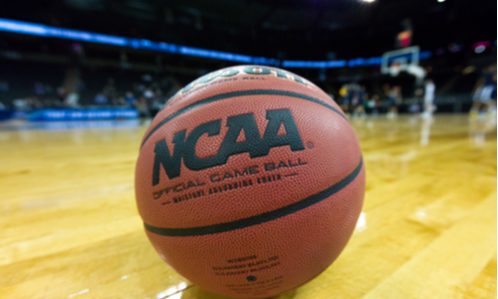The NCAA Antitrust Lawsuits Will Not Pay Off for College Athletes Without a Permanent Players Association

By: Jake Goidell (ProMarket)
In 1950, the United Auto Workers (UAW) signed a five-year contract with General Motors (GM) where the union gave up its right to strike and any systematic control over the company. Dubbed the “Treaty of Detroit,” Daniel Bell wrote in Fortune that while “GM may have paid a billion for peace,” it ultimately “got a bargain.”
Today’s autoworkers are college athletes, facing a similar turning point in their industry. They can either accept a lawsuit settlement that provides significant financial compensation but no control over the industry, or they can fight for real influence over key decisions in college sports, including contracts, health benefits, schedules, and conference alignments.
In late May, the National Collegiate Athletics Association (NCAA) and the five largest college sports conferences agreed to settle three antitrust cases—House v. NCAA, Hubbard v. NCAA, and Carter v. NCAA—with a group of former and current athletes. In House, the most significant of the three cases, the plaintiffs argued that the NCAA’s rules prohibiting players from profiting off their name, image, and likeness (NIL) were a collusive effort to avoid paying players, thus violating antitrust law. These rules also prohibited conferences from sharing television broadcast revenue with players. If the lawsuits had gone to judgment and the plaintiffs had prevailed, former athletes would be owed restitution, and current athletes would receive a significant share of the billions of dollars in television revenue generated by college sports annually.
Facing likely defeat in court and the mandatory treble damages required by antitrust law, the NCAA and the major conferences decided to settle. They agreed to pay $2.8 billion in back-pay damages to current and former athletes and to create a revenue-sharing system with athletes, with most of the money going to football players and men’s and women’s basketball players. The agreement, lasting ten years, is the most consequential financial agreement in the history of college sports and signifies the end of college sports amateurism.
The House settlement appears to be the foundation for a new system of college sports. However, a one-off agreement with a group of former players will not be a stable, long-term solution. Legal challenges from current and future athletes who opt out of the agreement will persist unless players are genuinely involved in NCAA decisions on an ongoing basis. The only enduring solution for both the players and the NCAA is a permanent players’ organization.
Rules of the game, merely a metaphor in other industries, are explicit agreements between competitors in sports leagues. Both the Ninth Circuit and the Supreme Court have made clear that the players’ assent is required for the NCAA to regain the power to set industry-wide rules lost in the 2021 case Alston v. NCAA, which opened the door to subsequent lawsuits regarding student-athlete compensation. Justice Brett Kavanaugh, in his 2021 concurring opinion, stated that the only way to reduce the conflict and the intensity of antitrust litigation was for the NCAA and the schools to engage in collective bargaining with athletes. Cases like Brown v. NFL and Wood v. NBA show how serious bargaining with labor allows leagues to set internal standards. Through a decade of court cases, the NCAA has been forced into a similar position as these other leagues.
Featured News
Australia Passes Strict Social Media Ban for Under-16s
Nov 28, 2024 by
CPI
Google Appeals Ruling Overhaul of Play Store in Epic Games Lawsuit
Nov 28, 2024 by
CPI
FTC Investigates Uber for Alleged Subscription Violations
Nov 28, 2024 by
CPI
India’s Watchdog Launches Investigation Into Google’s Real-Money Gaming Policies
Nov 28, 2024 by
CPI
Microsoft Under FTC Scrutiny for Cloud, AI, and Licensing Practices
Nov 28, 2024 by
CPI
Antitrust Mix by CPI
Antitrust Chronicle® – Remedies Revisited
Oct 30, 2024 by
CPI
Fixing the Fix: Updating Policy on Merger Remedies
Oct 30, 2024 by
CPI
Methodology Matters: The 2017 FTC Remedies Study
Oct 30, 2024 by
CPI
U.S. v. AT&T: Five Lessons for Vertical Merger Enforcement
Oct 30, 2024 by
CPI
The Search for Antitrust Remedies in Tech Leads Beyond Antitrust
Oct 30, 2024 by
CPI